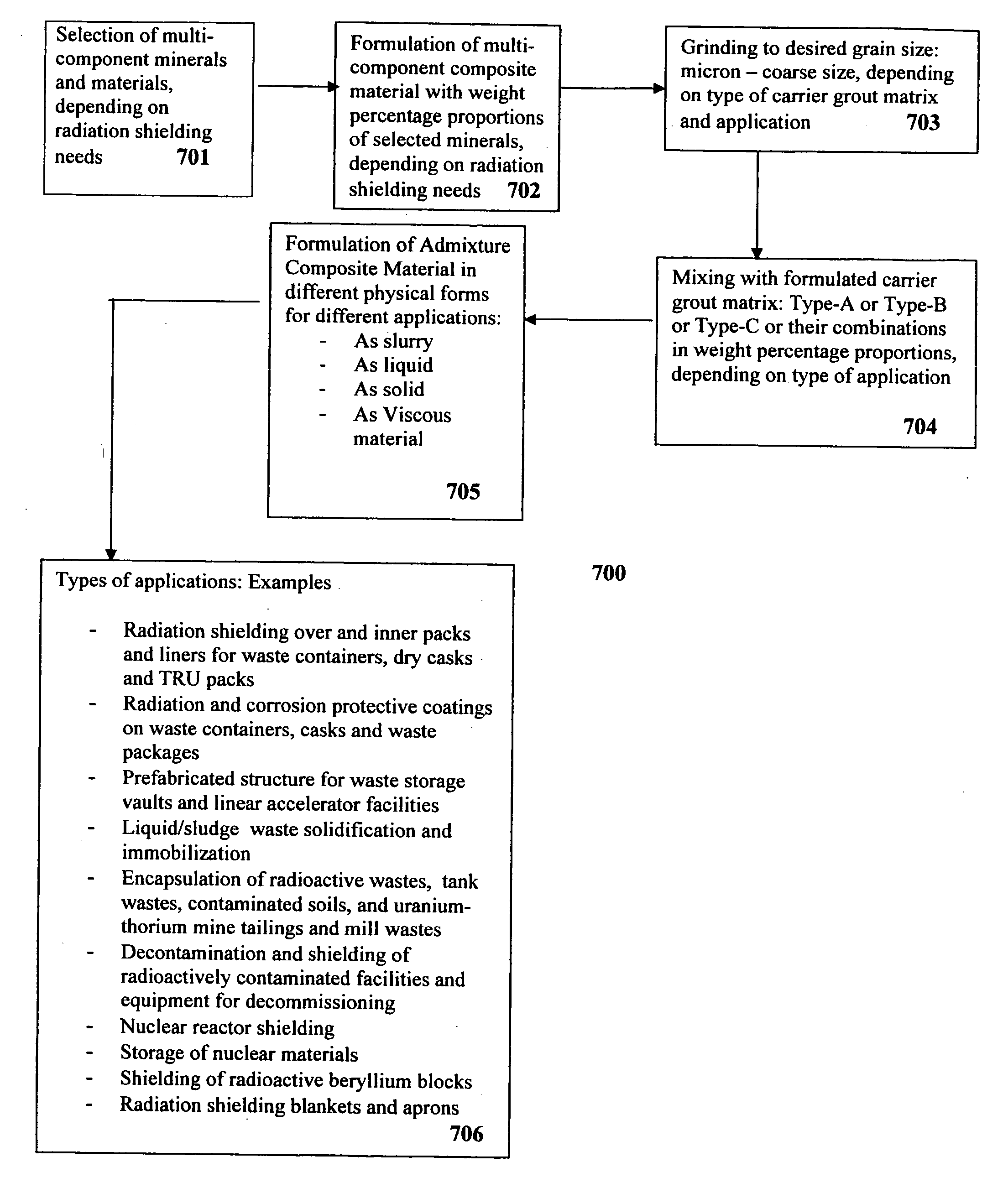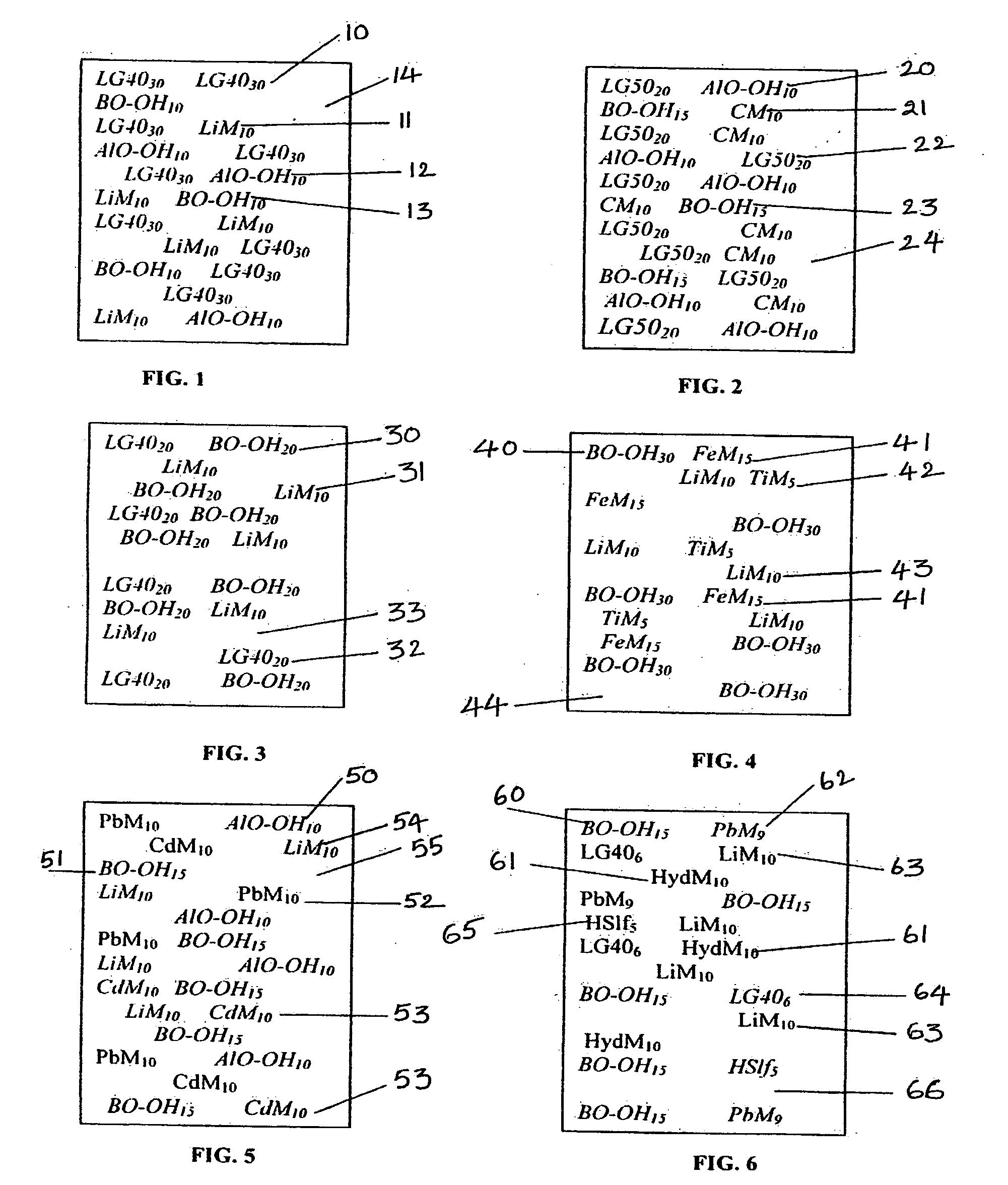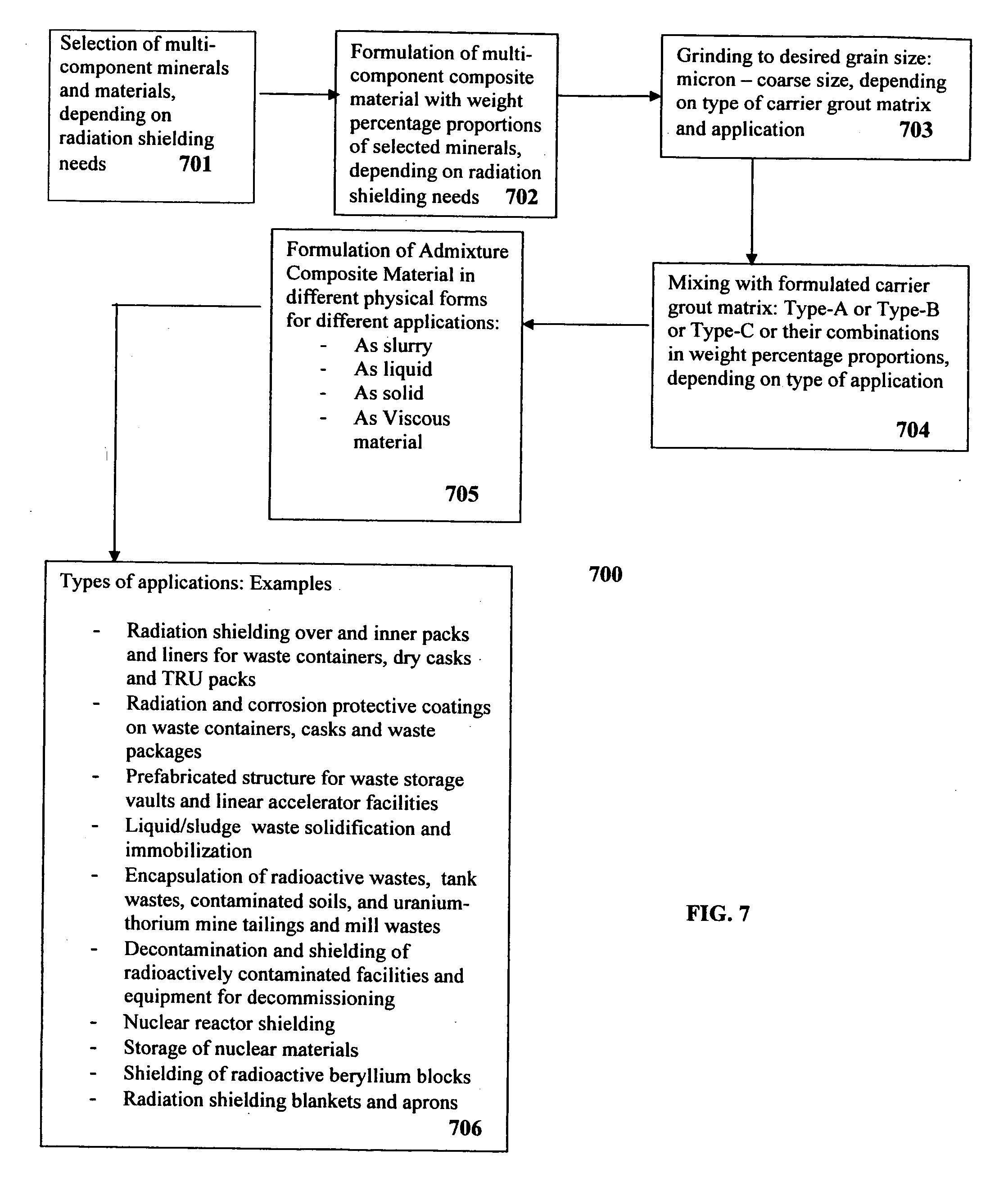Radioactive wastes, owing to temporal decay and
fission of radionuclides, emit alpha, beta, gamma and
neutron radiation, of which neutron and gamma radiation are extremely harmful.
High-level wastes are very radioactive, which emit extremely harmful gamma (like x-rays) and
neutron radiation.
RH-TRU wastes are primarily neutron and secondary gamma radiation emitters, CH-TRU wastes are also very radioactive, which emit harmful alpha radiation, as well as
neutron radiation.
Exposure to gamma and neutron radiation, as well as alpha and beta radiation, associated with these wastes can induce chronic, carcinogenic and mutagenic health effects that lead to
cancer, birth defects and death.
Unless they are safely and cost-effectively shielded, managed and disposed, these wastes may
pose serious health and economic consequences.
Management and disposal of high-level, transuranic and low-level radioactive wastes are very risky.
Storage, transportation and disposal of radioactive wastes are a growing problem in the United States and abroad.
Many U.S. commercial power plants do not have sufficient existing capacity to accommodate future
spent nuclear fuel wastes, and much of the DOE's HLW and TRU wastes are currently located in unlicensed storage structures that need to be upgraded or replaced.
However, these materials and processes have limitations and they do not fully satisfy the above-mentioned governing factors of waste containment systems.
Some examples of these limitations are as follows: The above mentioned shielding materials or additives and technologies do not meet the shielding requirements of radiation waste sources consisting of a flux of mixed radiation types of various energy levels and the
secondary radiation effects (e.g., emission of secondary gamma radiation due to
inelastic collision or capture of emitted neutrons) that are induced within the shields as a result of interaction of the initial flux with certain atoms in the shield itself.
While thin liners of lead, used in waste storage casks and containers, are effective for shielding gamma radiation, they are not very effective in shielding neutron radiation.
For neutron shielding, thicker lead liners are required, which not only reduces the space for waste loading in the containment systems but also makes the containment systems heavy for handling and transport.
Consequently, lead technology can be costly.
If the shield material has a
high rate of
neutron capture, it will over time become radioactive, and sharply reduce its effectiveness as a shield material, consequently, their subsequent handling and disposal will be a problem.
In addition, lead can be leached and will contaminate the environment, potentially posing toxic health effects.
Although some containment systems have used concrete liners, castings or grouts as
safe storage of radioactive wastes, they are not very effective in shielding
high energy flux of neutron and gamma radiation, unless significantly thick
high density concrete liners in conjunction with
metal liners are used.
Generally, concrete liners are not very efficient in shielding neutron radiation because, concrete products have low
hydrogen atomic density, which is the measure of a materials ability to shield neutron radiation.
In addition, concrete-based containment systems generally lack mobility, and therefore, limit the volume of radioactive wastes that can be stored in a given limited space due to the
high density and volume concrete required to obtain the necessary shielding properties.
As a result, the application of this technology to waste containment systems can be uneconomical.
In addition, chemical and mechanical
properties of concrete can be degraded due to alkali-silica-reaction (at <5 pH) and at elevated radioactive temperatures, resulting in shrinkage and
cracking and consequential attenuation of its shielding capacity.
Similarly, the bonded water in
cement grouts tends to decrease with time due to radioactive heat, causing increase in
porosity and reduction in shielding capacity.
However, this technology has shown to be effective only in situations where the salt loading is relatively low (i.e. <10%) and when the total
organic content of the waste is below 3%.
Given the above limitations, use of concrete based technology for solidification of liquid wastes and storage of high-level and transuranic wastes may be inappropriate.
Borated stainless steel has been used in the
radioactive waste storage containers; however, this material, owing to its weak mechanical / metallurgical properties, has the potential for
cracking and breaking, rendering weak shielding capacity over a long period of time.
Further, the bombardment of borated stainless steel by the neutrons emitted by the wastes can reduce the steel's shielding
efficacy, making it an unsuitable material for long term
safe storage of high-level and transuranic wastes.
In the case of
vitrification technology, there is significant uncertainty in effectiveness of in-situ or ex situ
vitrification technology for solidification of liquid wastes with variable compositions and pH conditions, as well as for volatile components.
In addition,
glass production and chemical durability of vitrified glass is unknown.
In
glass production, the largest uncertainties are related to the reliability and safety of the high-temperature melting
process behavior of the glass during the first and second glass pours, such as the effects of glass fracturing on chemical and physical durability, and the significance of
mixed waste-constituents
crystallization.
Owing to rapid
cooling rate and high
viscosity of
oxide and
silicate, waste constituents / molecules cannot move sufficiently to be uniformly incorporated into crystalline structure of the glass.
Furthermore,
vitrification may produce secondary wastes and management of such wastes would be an issue to contend with.
Corrosion of vitrification melt materials from acidic wastes is a key issue that must be dealt with.
However, this and similar other attempts have been unsuccessful in achieving the desired reduction in thickness.
In addition, this three layered
system was found to be not very effective in shielding
high energy flux of neutron and gamma radiation.
However, this shielding
system does not reduce the undesirable density and thickness of the shielding to maintain the desired capacity for shielding of
high flux neutron and gamma radiation.
In addition, this shielding
system is neither efficient in avoiding the
depleted uranium corrosion nor assuring the durability of the shielding system over desired long-life, particularly at elevated temperatures.
Owing to the
uranium corrosion, this system is considered inefficient for shielding of neutron and gamma radiation fluxes.
Furthermore, this system is relatively expensive.
While this system has the potential for reducing the thickness of radiation shielding for gamma rays, it has serious problems of concrete degradation and maintaining the desired long-life of the system, particularly at elevated radioactive temperatures.
Tensile and compressive strengths of concrete are seriously compromised by addition of the uranium aggregate to the concrete.
However, owing to the uranium corrosion problem, this concrete shielding products along with their additives are not efficient for radiation shielding and they do not contribute to the long-time durability of waste containers, especially at elevated temperature.
Corrosion can cause leaching and release of uranium from the concrete in the form of uranium
bicarbonate and uranium tricarbonate complexes, causing health and environmental problems.
Further, this type of shielding containers does not reduce the undesirable density and thickness of the shielding to maintain the desired capacity for shielding of
high flux neutron and gamma radiation.
In addition, cooling of concrete surfaces is required during
radioactive waste storage to further the length of the concrete to avoid high radioactive temperature, without which, the concrete system could degrade and allow for emission of radiation.
Generally, concrete systems lack mobility and limit the volume of radioactive wastes to be stored in a given space due to great concrete thickness and density required to obtain the necessary shielding properties.
The above mentioned shielding materials and systems, using
single component or dual component materials provide only limited shielding capacity under a given set of density, thickness and configuration of shielding materials and containers.
Generally, they do not offer the desired shielding of both neutron and gamma emitted from the same waste source, particularly the transuranic waste source or its containers.
These materials and techniques suffer from the problems of offering desired shielding efficiency, long-term durability, health and environmentally safety.
In addition, the systems are complex and made up of multilayered dense and thick
layers of concrete admixed with
depleted uranium, lead and stainless steel, which reduce the volume of containers / casks for radioactive waste loading.
Consequently, more containers / casks have to be built to store or transport a given volume of radioactive wastes; therefore, those containment systems are not cost-effective.
Furthermore,
high density containment systems are not be easily mobile and are very difficult to
handle, in addition to being unsafe.
In general, the prior art uses many kinds of additives to meet the shielding requirements of a particular radiation spectrum and
energy flux involved, but they are not effective in meeting the desired shielding requirements of radiation fluxes of different energy levels arising from complex, uncharacterized radioactive waste sources.
This situation may be further complicated when
secondary radiation effects are induced as a result of interaction of initial
radiation flux with certain atoms in the waste materials, as well as within a given shielding material.
 Login to View More
Login to View More 


